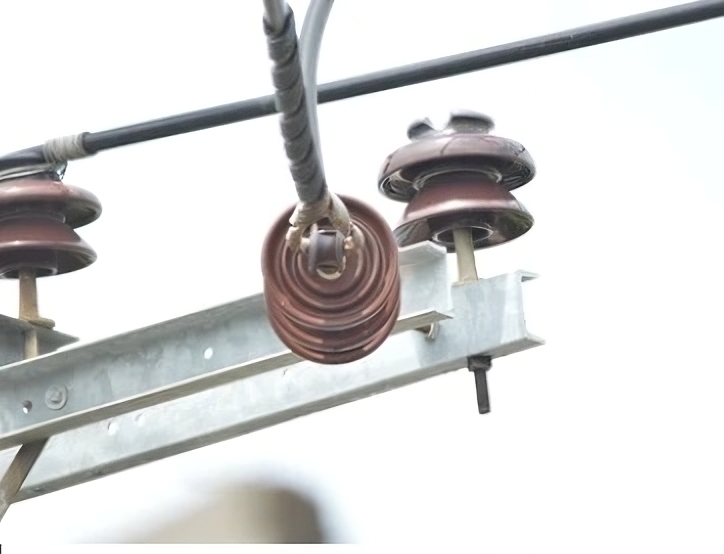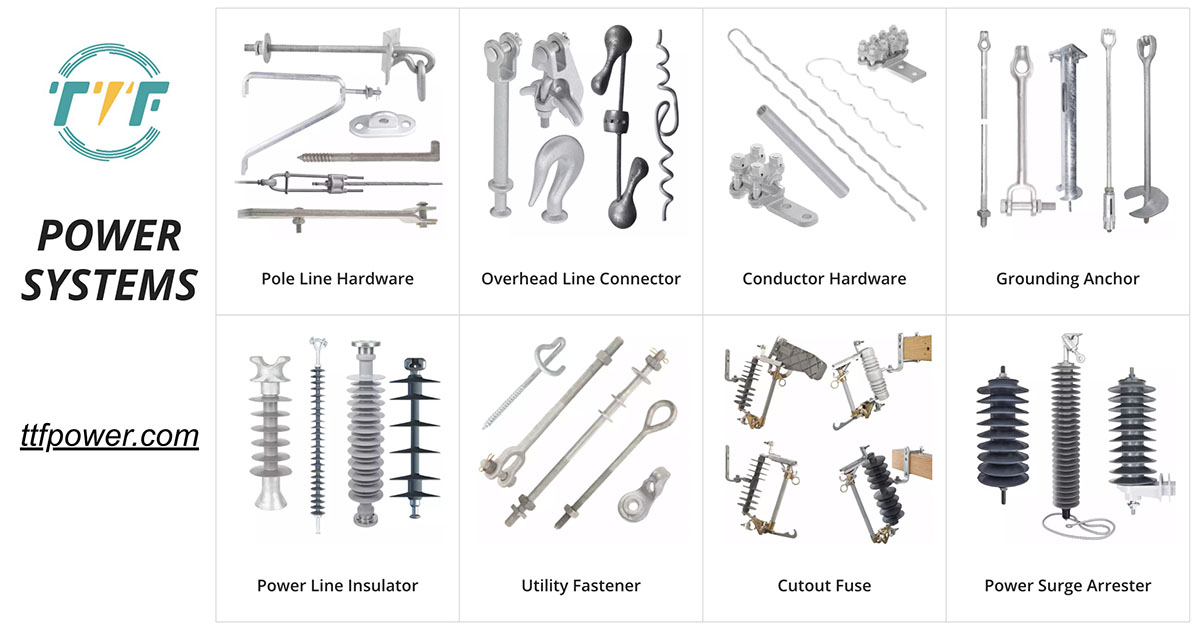
Virtual power plants (VPP) have grown in South America, attributed to the development of various factors. These factors include renewable energy integration, technological advancements, and the need for energy efficiency. A virtual power plant consists of distributed energy resources such as solar panels, wind turbines, and battery storage. The VPP manages the resources to function as a single power plant to optimize energy production and consumption. Countries like Brazil and Chile have started pilot projects and collaborations that showcase the feasibility of VPPs. The plants represent an innovative solution for enhancing energy management in South America. This aligns with the goals for sustainability and energy independence in the region. A pin-type insulator plays a crucial role in ensuring the reliable and efficient transmission of electricity.
A pin-type insulator supports renewable energy integration by supporting power lines that send electricity. They help to maintain the stability of the power grid, which is crucial for the successful operation of virtual power plants. Pin-type insulators help to prevent electrical accidents and ensure the safety of workers and the public. Pin-type insulators contribute to the growth and development of clean and sustainable energy systems. However, virtual power plants face several challenges. These include regulatory hurdles, lack of infrastructure, and the need for consumer agreement. This article looks at the key drivers for virtual power plant growth and the need for pin-type insulators for infrastructure development.
The pin-type insulator performs various functions in virtual power plants
Pin-type insulators serve various roles in the functioning of virtual power plants in various ways. They aid in the integration of distributed energy resources into the electrical grid. Pin-type insulators provide reliability, safety, and efficiency of virtual power plants. They also enable effective integration of renewable energy sources into the electrical grid. The following are the functions of pin-type insulators in virtual power plants.

- Electrical insulation – pin-type insulators provide electrical insulation between the conductive elements. They help maintain the integrity of high voltage levels by preventing unwanted electrical discharge to the ground.
- Mechanical support – the insulators support overhead lines and conductors, which ensure reliable energy transmission. Pin-type insulation has designs to withstand environmental conditions such as wind, rain, and ice.
- Integration of distributed generation – pin-type insulators serve at the connection points for distributed energy resources. This helps support the flexibility and decentralization of virtual power plants.
- Ease of maintenance and upgrades – pin-type insulators can be replaced without extensive modifications to the infrastructure. Advanced insulator designs incorporate monitoring sensors to track performance and condition.
- Durability and longevity – the insulators are made from materials that resist environmental degradation. This contributes to the reliability of the grid, which reduces downtime due to insulation failures.
- Ensuring safety – pin-type insulators protect maintenance workers and the general public from electrical hazards. Proper function of insulators ensures compliance with safety standards and regulations.
Key drivers for virtual power plant growth in South America
The growth of virtual power plants in South America arises from several factors in the region. These drivers create a favorable environment for the growth of virtual power plants. They also align with both economic and environmental goals in South America. Pin-type insulators are able to withstand environmental factors. This helps to ensure stability and reliability in South America. The following are the key drivers of virtual power plant growth in South America.

- Renewable energy resources—the available resources in the region like solar, wind, and hydroelectric make it ideal for renewable energy integration. Many governments support renewable energy through incentives and regulatory frameworks.
- Energy demand and management – rapid urbanization and industrial growth lead to higher energy consumption. Virtual power plants can reduce peak load and relieve stress on the grid.
- Technological advancement—smart meters and IoT devices enables better monitoring and management of distributed energy resources.
- Economic incentives – virtual power plants can lower electricity costs for consumers by optimizing energy usage. The growing market attracts investments from both private companies and government incentives.
- Grid resilience and reliability – virtual power plants enhance grid resilience by diversifying energy sources. They also provide a more reliable energy supply during crises.
- Environmental concerns—the push for cleaner energy sources and reduced carbon emissions drive the interest in VPPs. Most companies are seeking to enhance their sustainability profiles, which leads to the adoption of virtual power plants.
